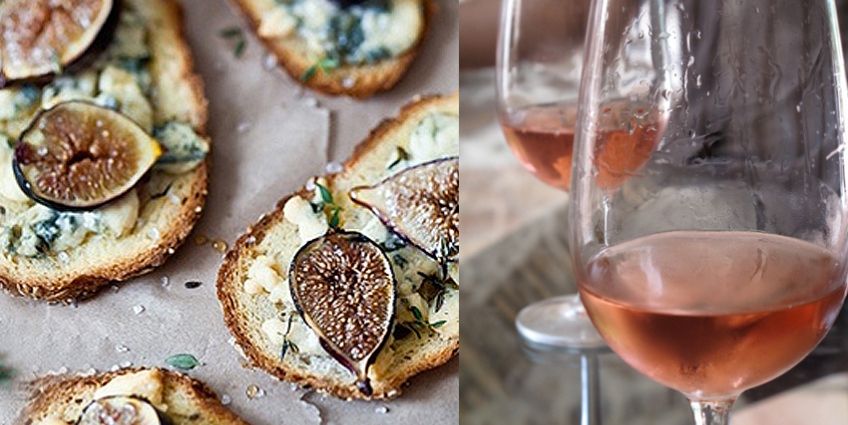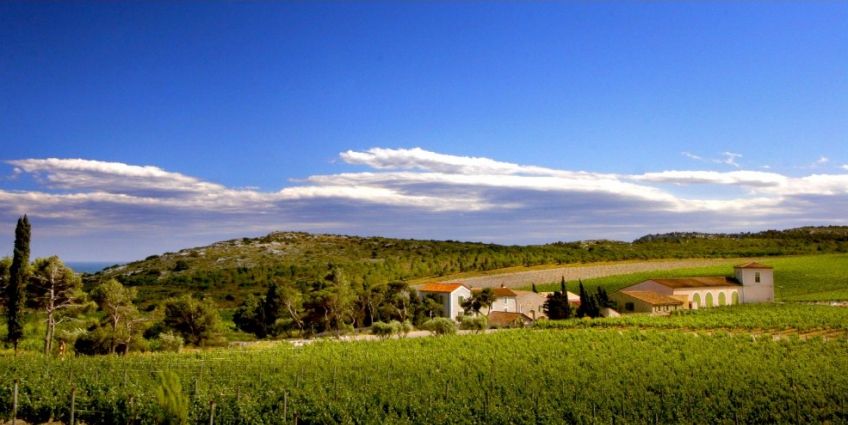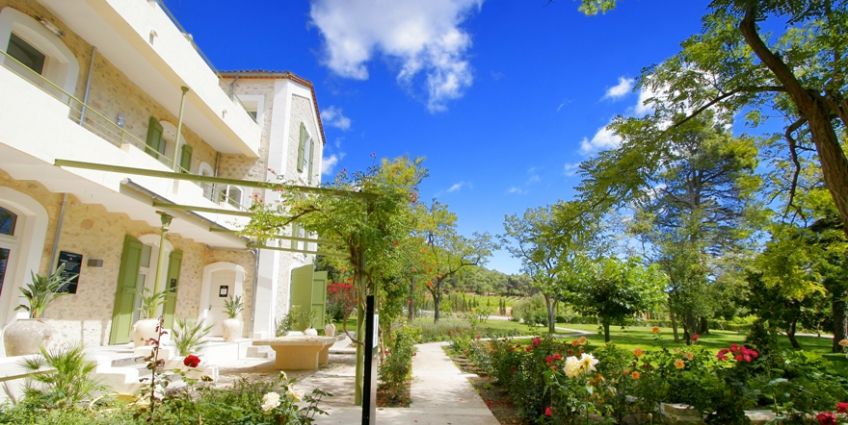The Languedoc, a land steeped in rich history, peppered with awe-inspiring natural beauty and brimming with a sense of excitement. The future looks bright for the region, indeed Robert Parker called it “the wine world’s new Eldorado”. Wrapped around the western curve of France’s Mediterranean shore, it boasts 300 days of sunshine a year, 135 miles of coast, 13 of France’s most beautiful villages and six Unesco world heritage sites. It is quickly becoming the number one innovative wine region to explore and the locals are standing up to share the wonders of their craft and culture with us, the eager oenotourists of the world.
The Greeks first planted Languedoc soil with vines in 600 B.C.E. For two thousand years, the area thrived and relied on the cultivation of vines, providing the quotidian wine for all of France. With the changing wine drinking culture of the French however – their consumption has more than halved over the past 50 years – there has been a changing in tempo.
For the past three decades, the Languedoc has changed its attitude to wine production beyond all recognition. This is now the land of opportunity. The region boasts so much diversity – over thirty different grape varieties. And, although the appellations lay down the ground rules, the parallel vins de pays encourage unlimited experimentation, allowing the producers to mix things up a little. Indeed, 9.8% of vineyard production is now organic. The pace of change continues unabated and each passing vintage brings new wine growers with their new wines.
Languedoc’s 200,000 hectares (70,000 of which is Apellation d’Origine Contrôlée) makes it the world’s biggest single wine-growing property. The region’s vintners are proud to represent the vines’ diversity with a huge range of grapes and blends on the market, thanks to the many IGP regional quality labels and AOC appellations (over thirty) as diverse as Cabardès, Collioure, Cremant de Limoux, Fitou, Muscat de Frontignan, and Languedoc.
Over the course of these changing times, the visitors to the area have changed too. Oenotourism is a growing market, and the locals are taking note. The winemakers of the region are setting up businesses centred on the discovery of their profession and products and reeping the rewards. Indeed, a study conducted by Winerist found that 88% of vineyard guests also buy wine on their visit.
Hence, a visit to the Languedoc would leave you with no problem with finding things to to do. From April onwards, the region becomes a utopia for les amateur de vins, with a smorgasbord of wine and food activities to enjoy.
The gastronomy of the area is one of the stand-out features of this new-age Languedoc. With a long agricultural tradition, it is well known for its fruit and vegetable production. The glorious sunshine and rich earth make for a tasty and plentiful harvest. Bursting with that Mediterranean vibrancy, the good food philosophy can be witnessed in the bustling, markets, shops and restaurants. As ever, one of the best ways to get to know a culture is through its food. Uzes is amongst the most colourful of foodie scenes, making it a perfect spot to try a cooking class and/or a market tour.

Of course, there are a plethora of fun and interesting activities focused around the delightful drink itself. Wine tours are available in all shapes and sizes, whether it be a week-long adventure, or a daytrip. For those vino-heads who tend to get peckish after a glass or two, you can double the fun with olive oil and wine tasting or food and wine pairing tours available as well.

The stunning natural beauty of the Pyrenees gives way to row upon row of vines, a scattering of extravagant chateaus and delightfully typical little villages. The sleepy canals that slice through the countryside provide routes for some excellent bicycle tours that allow you to explore the villages and vineyards at your leisure. What better way to work up a sweat, an appetite and a love for the Languedoc?
In terms of finding a place to lay your head, there is a plentiful selection. At €100 per night, Chateau L’Hospitalet’s beautifully decorated rooms offer stunning views out over the expansive vineyards in which this hotel is nestled. Or for a spot of luxury, there’s the Domaine Saint Hilaire, €160 per night.
Tucked away in the countryside between Montpellier and Béziers, this idyllic, luxury retreat is in a 200-acre estate dedicated to the cultivation of vines, complete with luxurious en-suite rooms, infinity pool, rose garden and top notch food and wine.
Have you been to the Languedoc recently? We’d love to hear what you thought about it in the comments!

